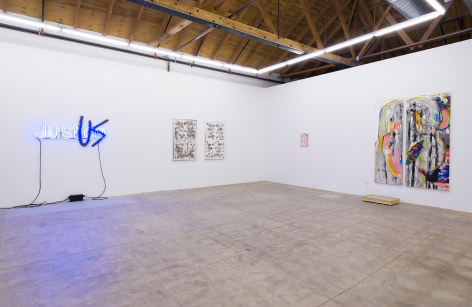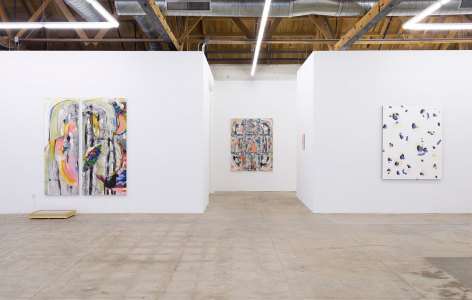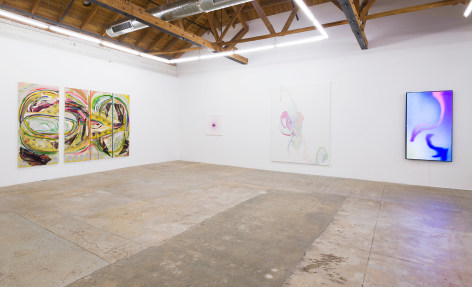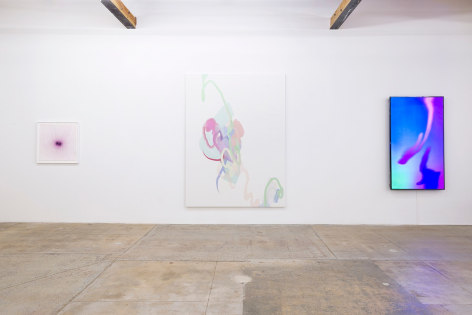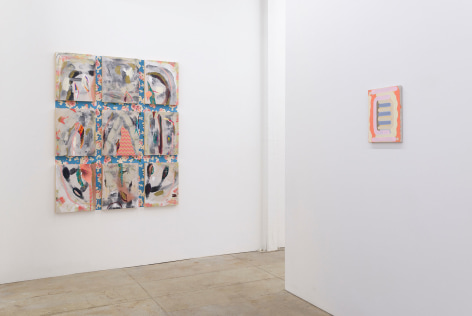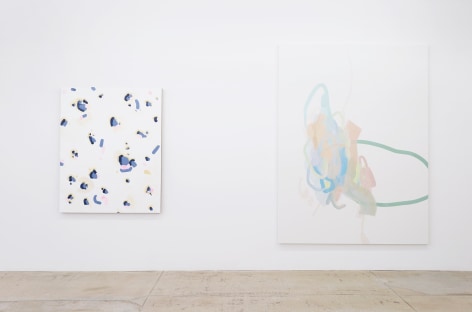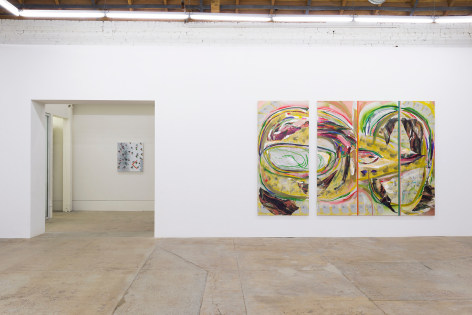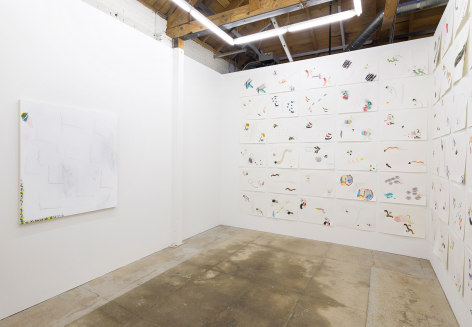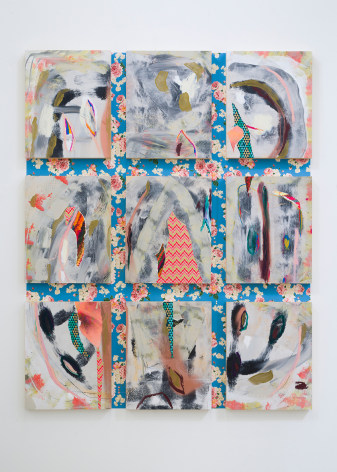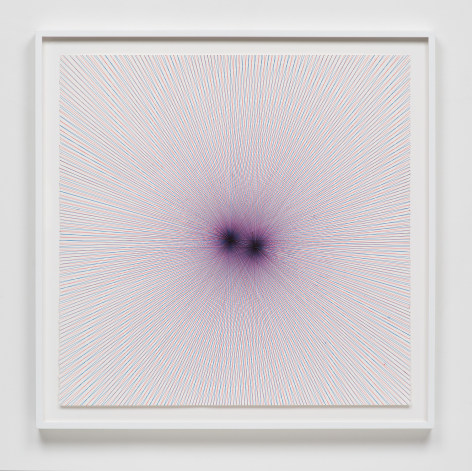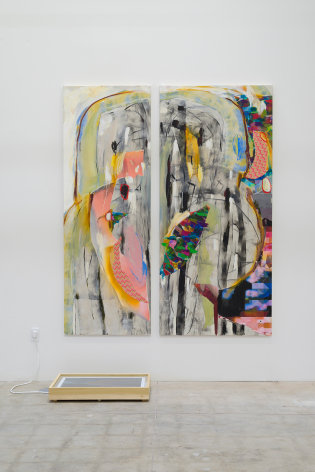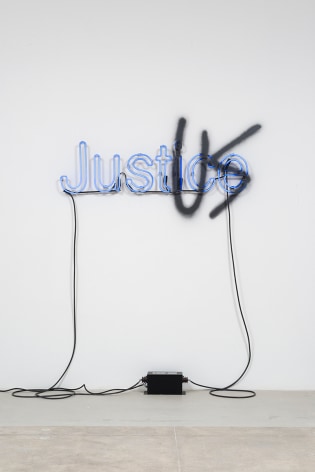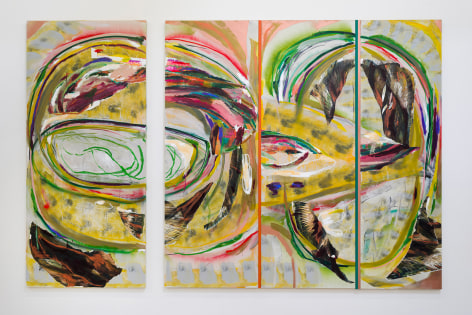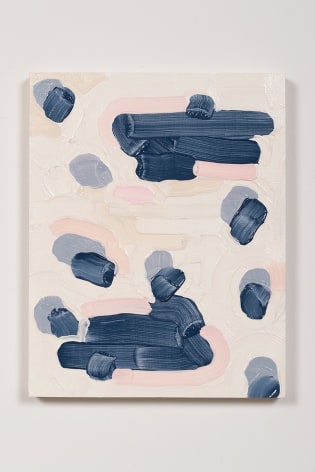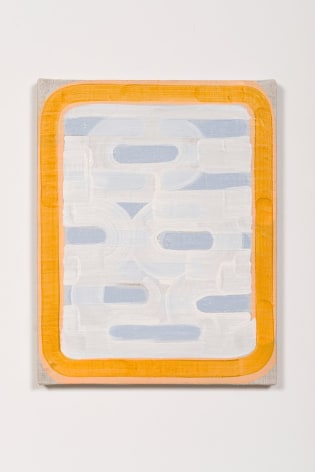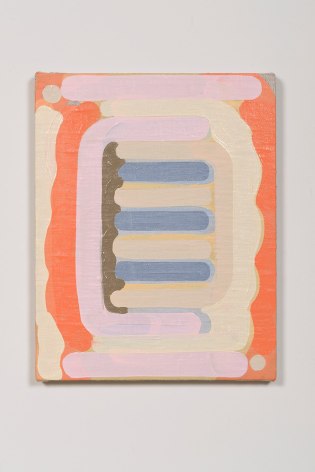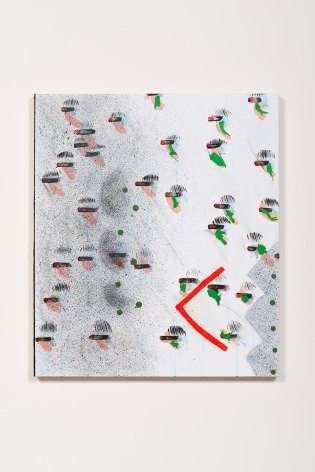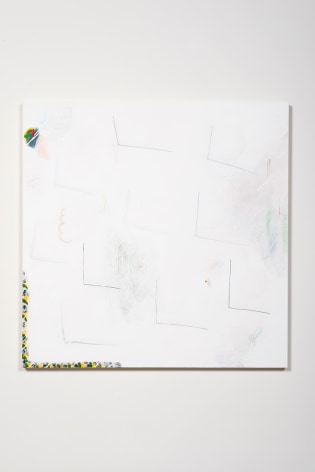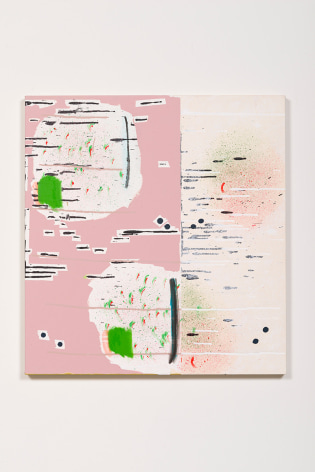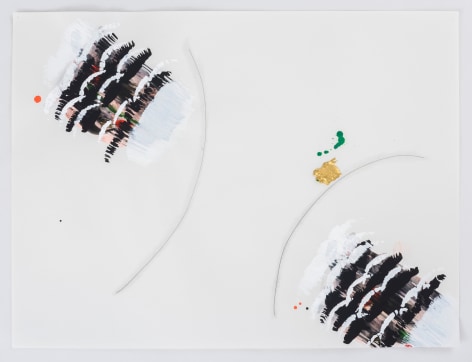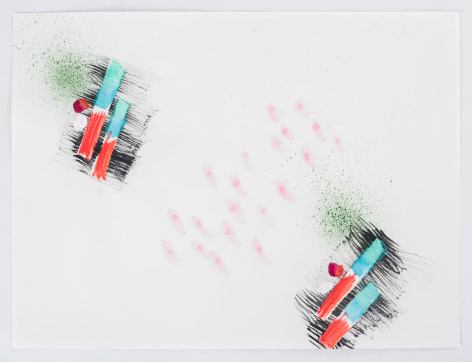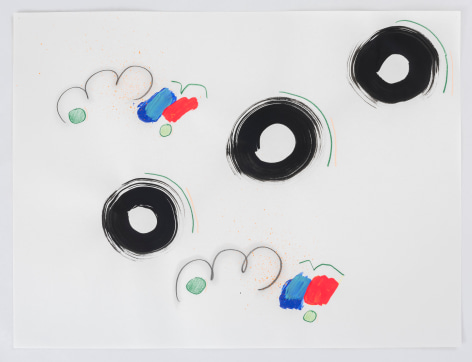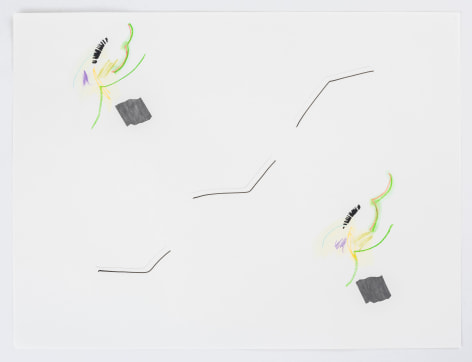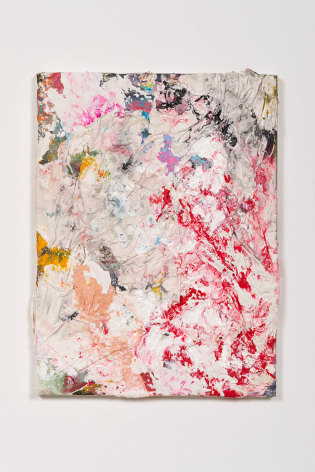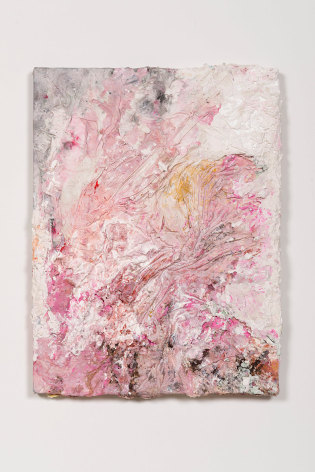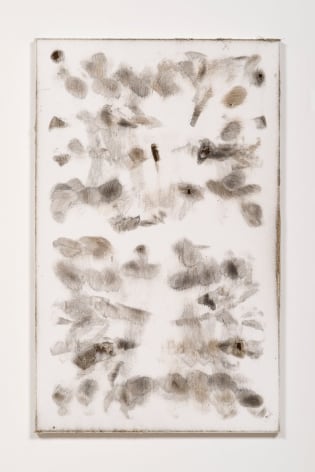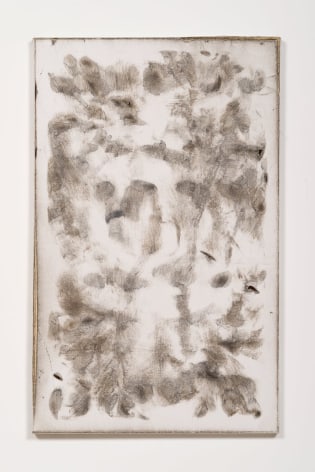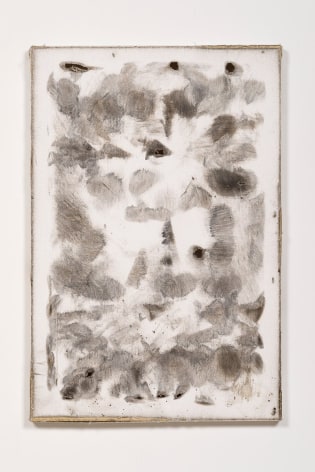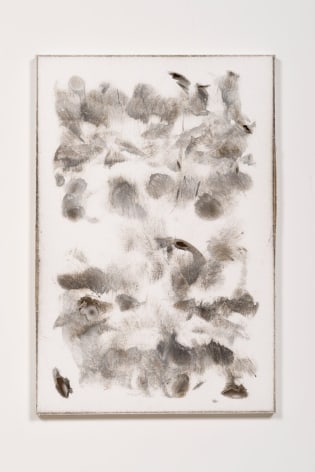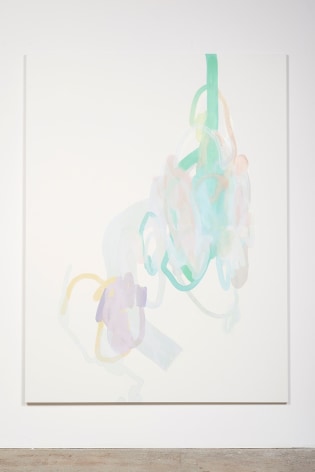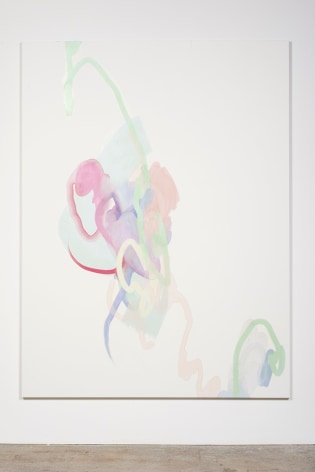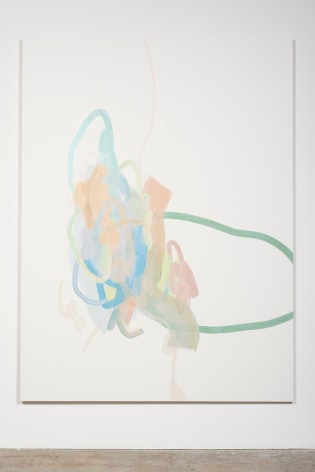GAVLAK is pleased to present a group exhibition of abstract painting, sculpture, and video by Derek Paul Boyle, Michael John Kelly, Michael Manning, Allison Miller, Aaron Sandnes, and Lily Stockman. Each of these artists take a vastly different approach to the canvas–be it on the floor, outside on the street, or through the use of a computer. Together, these painters portray the breadth of Los Angeles: the driving culture, landscape, popular culture, political climate, city grid, waste, or the pieces of a whole.
With such varying conceptual impetuses, similarities can be found in all of the artists overall formal approaches to the medium of painting. In their attention to layering, both Allison Miller and Michael John Kelly employ individual sections of which combine into a larger work verging on installation–with each component intricate and complicated in and of itself. Lily Stockman and Michael Manning both use layering to achieve texture in completely different ways. For Manning, a clear coat is painted on top of his printed canvas to give the illusion of brush strokes-not unlike Warhol's paint strokes broadly applied over screened images. For Stockman, the canvas is first birched, primed, and sanded in order to create a completely flat surface, after which she paints the canvas on the ground–both techniques that allow her to achieve such straight lines.
As Los Angeles is the media capital of the world, performance seeps into all aspects of life-including abstraction. For Aaron Sandnes, abstraction is a vehicle for social and political commentary-specifically on the timely issues of police brutality as well as race and class relations in America. The artist juxtaposes the manufactured neon signs that are ubiquitous throughout the storefronts of Los Angeles with the hyper personalizing "tagging" that adorns the same landscape. Just as Sandnes' works borrow from the imagery of the streets, Boyle's paintings are made by driving along some of the most famous roads in Los Angeles while dragging a primed canvas behind him. Larchmont Blvd., Waring Ave., and Gower Ave. are Arte Povera-style paintings that have been created by being scrapped, torn, and scuffed.
The title of the exhibition comes from the 1942 poem by Wallace Stevens, "Notes Towards a Supreme Fiction." In the first section, "It Must Be Abstract," the poet leaves us with the final thought that abstract art should exist "plainly to propound." In this poem on the nature of poetry, Stevens speaks of the idea replacing what we think of as the image. Just as Stevens disregards literal interpretation for a more "pure" concept, these artists take what is concrete and make it ethereal. We must take their unique textures, their complex planes, and their layered sheen and we must look for the sake of seeing what's there–plainly to propound.

